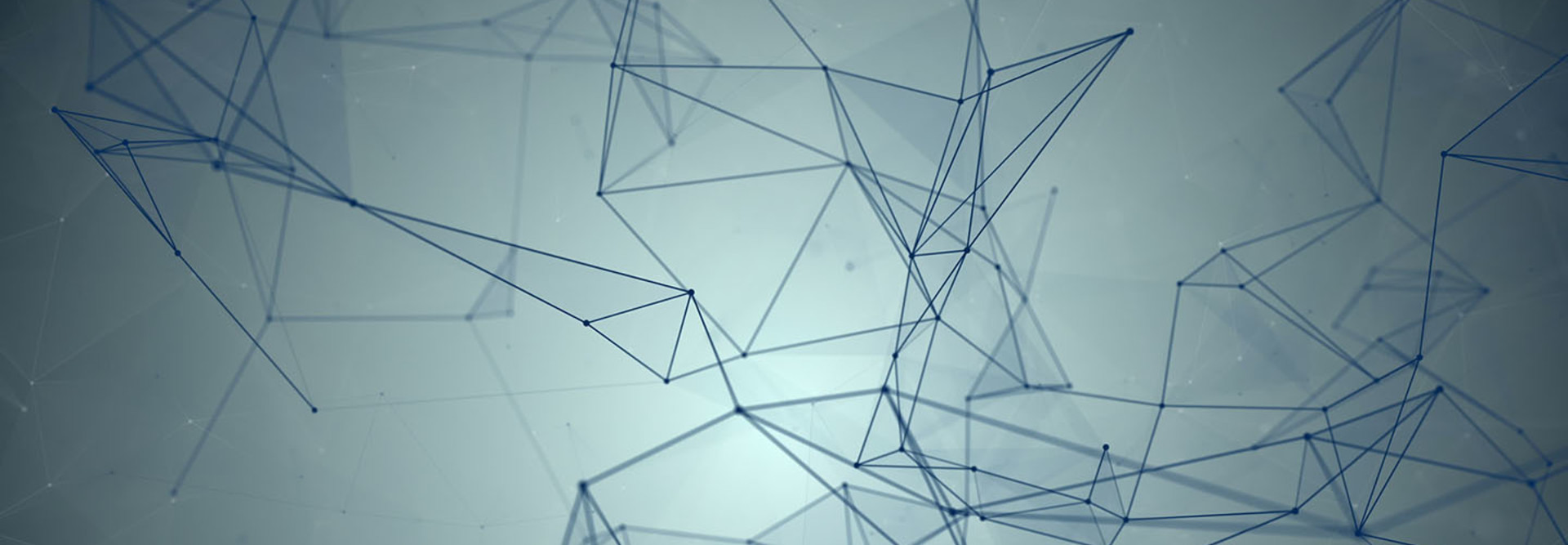Edge Computing Sharpens Agency Analytics Use
When it comes to using data to make government operations more efficient and affordable, generating the data is just the first step. The next step is edge computing, a process that involves a combination of Internet of Things devices and cloud processing, which is revolutionizing how local governments are distributing, processing and analyzing data.
"You can have your edge computations run with real-time data and have a system that is remotely managing and computing data, which is then being collected [and] transformed into shared information without operationally being tethered to the cloud," says Tiffany Sargent, chief IoT architect for Intel's Americas public sector division, in an interview with WashingtonExec.
Instead of collecting data from a sensor or camera and then sending it into the cloud to compute, you can instead bring the compute to the edge, says Sargent. This allows data to compute on remote systems through preloaded algorithms, which can be sent to several entities in the field, such as first responders, directly on their local devices. This sort of process can help empower practices such as predictive policing, which relies increasingly on real-time data.
"This is a really big change in IoT where you can run an entire system on an edge remotely, only linking to the cloud in case of changes or updates — or if you want to share [information] with a central command center," Sargent tells WashingtonExec.
SIGN UP: Get more news from the HealthTech newsletter in your inbox every two weeks
With Data on the Edge, First Responders Can Arrive Faster
Edge devices from vendors such as VMware and Intel, and the real-time analytics they can help provide, can be game-changers for first responders, particularly when disaster strikes. Researchers at Georgia Tech, for instance, are looking at ways that edge computing and a subset of it known as fog computing, can help to maintain communication and timely data even in the absence of connectivity.
"One thing that happened with Hurricane Harvey was that there was no way to coordinate all of the people in Houston who wanted to help," Kishore Ramachandran, computer science professor at Georgia Tech, tells GCN. "There was no way of communicating with one another because of internet outages."
To remedy this, he and other researchers are working on a way to use these edge devices in the absence of connectivity in a way that will allow first responders "to share images, text, voice and so on — to be able to do things that they would be able to do if there was connectivity to the internet," he says.
When connectivity is available, edge devices can enable first responders to access data more quickly by bypassing the cloud, which can save valuable time, and possibly even lives.
"We want to push the computation close to the edge of the network near the sensor sources so that we can do the processing quickly," Ramachandran tells GCN.
Kentucky DOT Takes Snow Removal to the Edge
First responders and law enforcement officers aren't the only ones who stand to gain from edge computing. As data-rich IoT-based analytics begin to permeate several aspects of government — in everything from lighting to traffic flow to waste management — several state and local departments can make use of the capability.
Kentucky's Department of Transportation, for instance, recently called on edge computing in combination with data analytics to drastically cut its spending on snow removal, Government Technology reports. After a nasty storm in 2015 threatened to clean out its snow removal budget, the department called on data from road and snowplow sensors, the driving app Waze, weather reports and more to dynamically shape its plow and de-icing routes. By crafting algorithms that took into account everything from car speeds to wind and temperature, the Kentucky DOT was able to cut its snow and ice removal costs by 5 to 10 percent.
"Every 60 seconds, more than 80,000 records of information are fed into the department's computers, where engineers are able to deal with snow on roads more efficiently and in real time," Government Technology reports.
While these use cases are still relatively rare in government, the proliferation of IoT devices mean that more departments are likely to tap edge computing going forward in order to make the most of their data.
"As a data economy emerges, and IoT is a prime data collection point for systems, we will optimize our systems by driving more intelligence to the edge," Intel's Sargent tells WashingtonExec.









